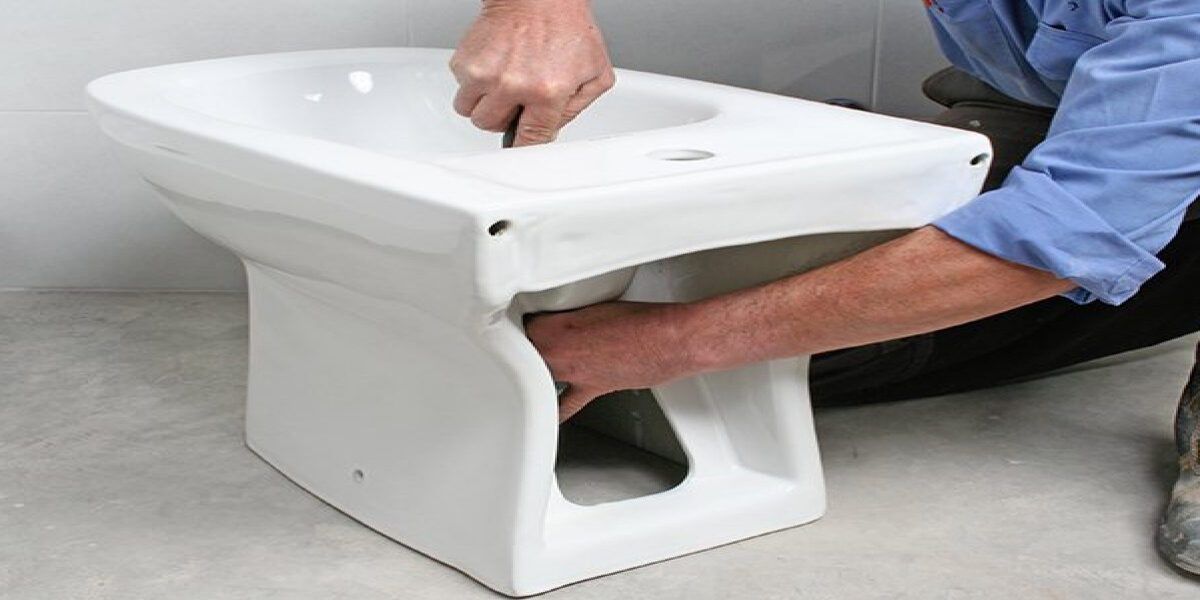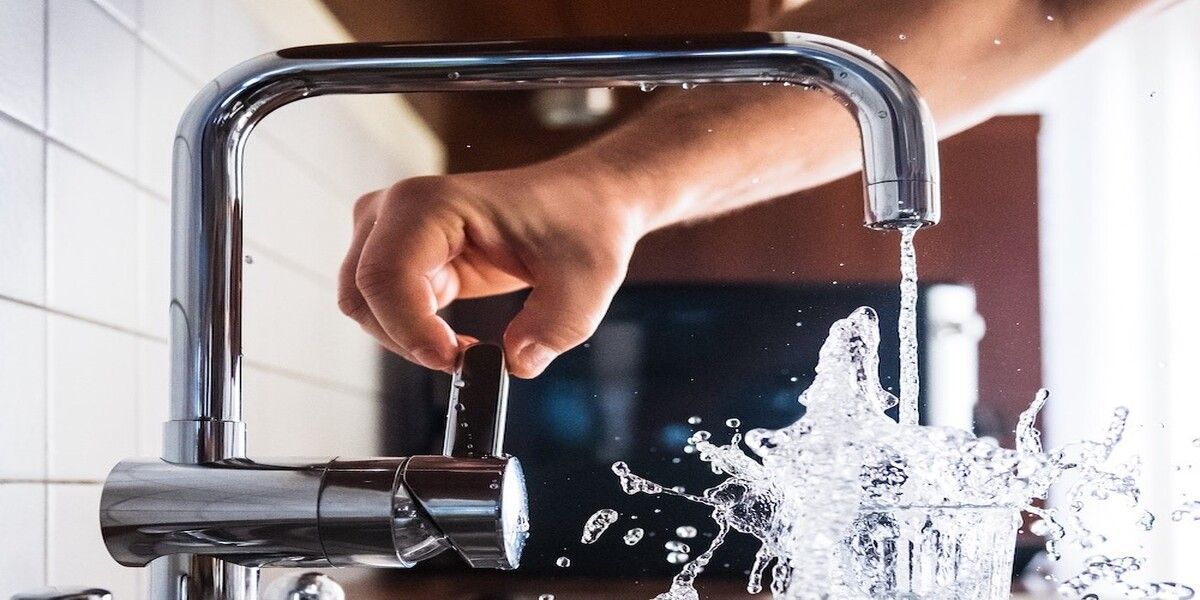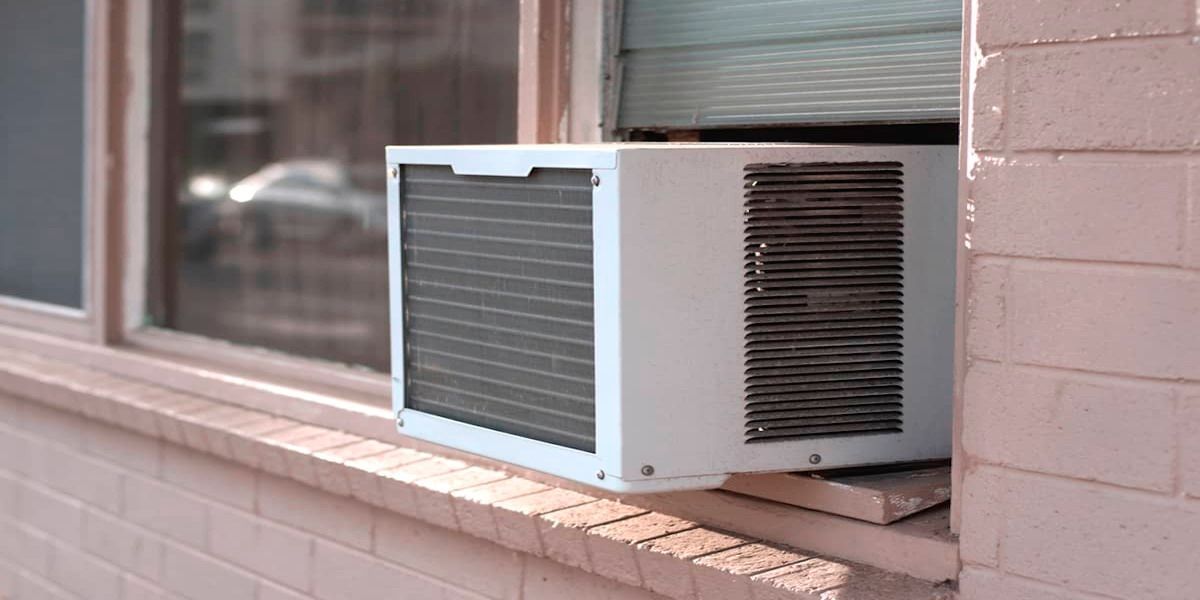How to Drain a Water Heater Effectively?
In the realm of plumbing maintenance, few tasks are as crucial as draining a water heater. Neglecting this simple yet vital chore can lead to a host of issues, from reduced efficiency to premature failure of your system. Fortunately, mastering the art of draining a water heater is within reach for any homeowner. In this comprehensive guide, we'll walk you through the process step-by-step, ensuring that you can confidently tackle this essential maintenance task and keep your water heater performing at its peak.
A Step-by-Step Guide
Step 1: Prepare Your Workspace
Before commencing the water heater draining process, take the necessary steps to organize and optimize your workspace. Begin by assembling the essential tools and materials required for the task: a garden hose, a sturdy pair of work gloves to protect your hands, and a reliable screwdriver. With these items in hand, proceed to locate the water heater's drain valve, typically situated near the base of the unit. Ensure that the drain valve is easily accessible by clearing any clutter or obstacles surrounding the water heater. This ensures you have ample space to maneuver and operate efficiently during the draining procedure, minimizing any potential complications or delays. Properly preparing your workspace sets the foundation for a smooth and successful water heater maintenance operation.
Step 2: Turn Off the Power
For safety reasons, it's crucial to turn off the power supply to your water heater before proceeding. If you have an electric water heater, locate the circuit breaker or fuse box and switch off the corresponding circuit. If you have a gas water heater, set the unit to the "pilot" setting to prevent the burner from igniting during the draining process.
Step 3: Allow the Water Heater to Cool
Before initiating the draining process, it's imperative to prioritize safety by ensuring the water heater has cooled down to a safe temperature. This precaution is especially crucial for gas water heaters, where draining hot water could potentially lead to the formation of steam, posing a significant burn risk. To expedite the cooling process, consider opening a nearby hot water faucet. By allowing cold water to enter the tank, you facilitate the transfer of heat from the water heater, hastening the cooling process and ensuring a safer environment for the draining operation.
Step 4: Attach the Garden Hose
Once the water heater has sufficiently cooled, proceed to attach the garden hose to the drain valve. Carefully thread one end of the hose onto the valve, ensuring a tight and secure connection to prevent any potential leaks. Confirm that the hose is securely fastened to the valve, as a loose connection could result in water spillage and unnecessary mess. Direct the other end of the hose towards a suitable drainage location, such as a floor drain or an outdoor area away from the house, to facilitate the efficient disposal of water during the draining process.
Step 5: Open the Drain Valve
With the garden hose securely attached, it's time to initiate the draining process by opening the water heater's drain valve. Utilize a screwdriver to turn the valve counterclockwise gradually, allowing the accumulated water within the tank to begin draining out. As the draining commences, be prepared for some initial sputtering and sediment discharge, particularly if the water heater hasn't been drained in some time. This sediment discharge is a normal occurrence and shouldn't cause concern. Exercise caution to avoid any contact with hot water or steam during this process, and ensure that the drainage area remains unobstructed for smooth water flow.
Step 6: Flush the Tank
Once the majority of the water has been drained from the tank, it's essential to flush out any lingering sediment or debris to maintain optimal performance. To commence the flushing process, temporarily close the drain valve to halt the draining operation. Next, turn the cold water supply back on to allow a steady stream of water to flow into the tank. This influx of cold water helps to dislodge and suspend any sediment or debris that may have accumulated at the bottom of the tank. Allow the water to circulate within the tank for a few minutes, enabling it to effectively loosen and carry away the loosened particles.
Step 7: Complete the Draining Process
With the tank flushed and the sediment loosened, it's time to complete the draining process. Resume the draining operation by once again opening the drain valve, allowing the water and suspended sediment to flow out of the tank. Monitor the draining process closely, observing the water as it exits the tank. Continue draining and flushing the water heater until the water runs clear and free of sediment, indicating that the tank has been thoroughly cleaned.
Once the tank is fully drained and flushed, take care to close the drain valve securely to prevent any leaks or drips. Disconnect the garden hose from the drain valve, ensuring that all connections are tight and secure. If you opt to flush the tank, allow it to fill with cold water before restoring power to the water heater. This ensures that the tank is replenished and ready to resume normal operation.
By following these simple steps, you can confidently drain your water heater like a pro, ensuring optimal performance and longevity for years to come. Remember, regular maintenance is key to preserving the efficiency and reliability of your plumbing system, so don't overlook this essential task. For more expert plumbing tips and advice, visit 24/7 Local Plumbers, your trusted source for all things plumbing-related. We have extensive
water heater services, ranging from
solar water heaters to
electric and
gas ones. Our plumbers are experts at water heater
installation and
repair.
You might also like
Book a Service Today
We will get back to you as soon as possible
Please try again later
Disclaimer: 24/7 Local Plumbing connects users with independent plumbers but does not guarantee service availability, verify licenses, or ensure insurance coverage. For full details, check out 24/7 Local Plumbing disclaimer.
Blog | Contact | Home | Privacy policy | Sitemap

All Rights Reserved | 24/7 Local Plumbers
Support and manage by lead vanguard
Committed to Accessibility: We strive for inclusivity and accessibility for all. Learn more about our accessibility efforts and resources.


